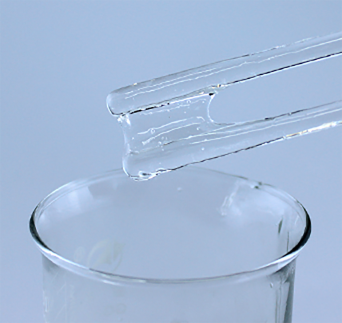
дек. . 19, 2024 10:39 Back to list
methyl hydroxyethyl cellulose mhec
Understanding Methyl Hydroxyethyl Cellulose (MHEC) Properties and Applications
Methyl Hydroxyethyl Cellulose (MHEC) is a cellulose ether derived from natural cellulose, widely used across various industries due to its intriguing properties and versatility. MHEC is particularly significant in water-based formulations, offering unique functionalities that enhance the performance of products in construction, food, pharmaceuticals, and cosmetics.
Chemical Structure and Properties
MHEC is synthesized by modifying cellulose with methyl and hydroxyethyl groups. This modification imparts unique properties like increased solubility in water and improved adhesive qualities. The molecular structure of MHEC is characterized by its ability to form a gel or thick solution when dispersed in water, making it an effective thickening agent.
One of the remarkable features of MHEC is its rheological properties. It can impart viscosity to solutions without significantly altering their flow behavior. This characteristic is particularly advantageous in applications where consistency and texture are crucial, such as in paints, coatings, and personal care products. MHEC also exhibits excellent water retention capabilities, which is beneficial in the construction industry, especially in mortar and cement applications.
Applications in Various Industries
- Construction In the construction sector, MHEC is widely used as a thickener and water retention agent in cement-based products, including tile adhesives, plasters, and grouts. MHEC enhances workability and adhesion, making it easier to apply these materials while ensuring a robust bond and extended open time, thus reducing the risk of cracking.
methyl hydroxyethyl cellulose mhec

- Food MHEC is utilized as a food additive, primarily acting as a thickener or stabilizer in sauces, dressings, and dairy products. It helps maintain consistency and improves the texture, contributing to a better mouthfeel. Additionally, MHEC can assist in controlling moisture, crucial in extending the shelf life of various food products.
- Pharmaceuticals In the pharmaceutical industry, MHEC serves as a binder in tablet formulations and as a thickening agent in liquid medications. Its non-toxic nature and ability to provide sustained release of active ingredients make it a popular choice in various formulations. Moreover, it is used in ophthalmic preparations due to its beneficial properties in maintaining moisture and viscosity.
- Cosmetics and Personal Care MHEC is prevalent in cosmetic formulations, where it acts as a thickener, stabilizer, and emulsifier. It is found in a variety of products such as lotions, creams, shampoos, and conditioners, improving texture and application. Additionally, it enhances the sensory experience of the product, providing a smooth application and a pleasing feel on the skin.
Environmental and Health Considerations
MHEC is derived from plant-based cellulose, making it a biodegradable and environmentally friendly option compared to synthetic polymers. Its non-toxic and hypoallergenic attributes further contribute to its popularity in personal care and food applications. Manufacturers and consumers are increasingly prioritizing sustainability, and MHEC aligns well with these values, offering an eco-conscious alternative without compromising on performance.
Conclusion
In conclusion, Methyl Hydroxyethyl Cellulose (MHEC) is a versatile and valuable compound with wide-ranging applications in various industries due to its unique properties. Its ability to enhance viscosity, improve moisture retention, and stabilize formulations makes it an essential ingredient in construction materials, food products, pharmaceuticals, and cosmetics. As the demand for sustainable and environmentally friendly materials continues to rise, MHEC's plant-based origin and biodegradability position it as a frontrunner in the shift towards green alternatives. Understanding MHEC's functionalities and applications can lead to better product formulations and innovations across multiple domains, highlighting the importance of this remarkable cellulose derivative.
-
Versatile Hpmc Uses in Different Industries
NewsJun.19,2025
-
Redispersible Powder's Role in Enhancing Durability of Construction Products
NewsJun.19,2025
-
Hydroxyethyl Cellulose Applications Driving Green Industrial Processes
NewsJun.19,2025
-
Exploring Different Redispersible Polymer Powder
NewsJun.19,2025
-
Choosing the Right Mortar Bonding Agent
NewsJun.19,2025
-
Applications and Significance of China Hpmc in Modern Industries
NewsJun.19,2025







